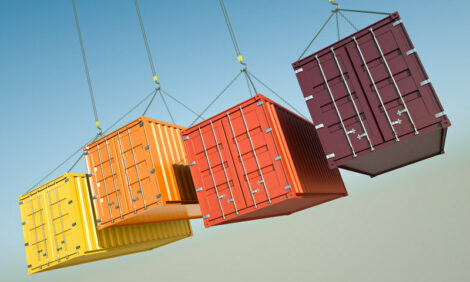



Cattle Industry Charging Back to Success
AUSTRALIA - The Australian cattle industry appears to have survived the long drought largely intact and can look forward to an improved performance over the next five years providing seasons improve, according to Meat & Livestock Australia’s 2008 Cattle and Sheep Industry Projections, released today.| Photo: StockXchange |
MLA’s chief market analyst Peter Weeks said that the past year had been a most difficult one for the cattle and beef industries, with widespread losses reported for cattle producers (particularly in southern drought areas), lot feeders and processors/exporters.
The principal causes for the losses were the severe and prolonged drought, record grain costs, a rising Australian dollar, the partial return of the US to Japanese and Korean beef markets and weaker US import demand.
“It is a testament to the resilience and professionalism of cattle producers today that the Australian cattle herd remains above 28 million head – which is above the pre-drought 2002 level - and feedlot capacity is at a record 1.15 million head despite these difficulties,” Mr Weeks said.
“Australia’s cattle producers have proven their credentials as worthy custodians of the land, through the adoption of a wide range of initiatives to not only manage drought, but to improve the nation’s production capacity during extended and severe dry periods.
“As the drought recedes, cattle producer incomes are set to recover to attractive levels and will be driven by improved on-farm productivity, the elimination of drought related costs, better local grain availability and some easing in grain costs.
“Also, prices for breeding stock, cows, heifers, calves and bulls are expected to rise in 2008, as producers move into herd rebuilding. We are predicting a stabilisation of cattle numbers at 28.3 million head by June 2008, before expanding by around 2 percent in 2008-09 and 2009-10.
“Prices for young cattle should also be boosted by stronger restocker and feedlot demand, though they will be capped by the ongoing high global grain costs and only partial restoration in feedlot activity.
“While supplies of Japan ox and medium weight steers are expected to be tighter in 2008 –and especially for grainfed animals - prices for these categories may fall further as US competition intensifies in North Asia”.
MLA anticipates some easing of protocols on US beef into Korea by March and into Japan by mid-2008, resulting in a significant readjustment of Australia’s beef exports from North Asia into the strengthening markets of ‘other’ Asia (including live cattle), the US and the domestic market over the short term.
This will be spurred by an expected buoyant Australian economy and demand for beef, near-record US beef prices and rising import demand, reduced competition from Brazilian product and strong demand from South East Asia and the Chinas.
Lower beef production, the high Australian dollar and added US competition is forecast to cause a 5.5 percent fall in beef exports in 2008, to 890,000 tonnes (shipped weight) – with the decline confined largely to Japan and Korea.
Australian beef and veal production is forecast to fall 3 percent in 2008, to 2.13 million tonnes, with declines in grainfed beef and cow beef output. Quality grassfed beef output should be at least maintained, particularly in the second half of the year, as a result of improved pastures and the availability of steers and heifers left in the paddock due to the sharp cutback in feedlot placements.
A significant recovery in feedlot activity is anticipated to commence by spring 2008, providing a good winter grain harvest returns grain prices to global parity.
A buoyant Indonesian market and increased young cattle availability in northern Australia is expected to drive a further 8 percent expansion in live cattle exports in 2008, to 760,000 head, with further growth over the medium term.
Strong domestic demand and an easing in competition for supplies from export markets should see an increased share of production taken by local consumers in 2008. Domestic consumption is projected to rise 1 percent to 785,000 tonnes (carcase weight), and 8 percent by 2012, to 850,000 tonnes.
Consumer expenditure on beef has risen by 65 percent since 1999, including an estimated 3 percent rise in 2007, to $6.7 billion. This is largely attributed to the prolonged period of economic expansion and spending growth, improvements in beef quality and marketing and an enhanced health and safety image of red meat generally.
The medium term is expected to be characterised by a steady expansion in the Australian cattle herd, beef and veal production, beef and cattle exports and domestic consumption, enticed by continued growth in global demand for beef and, hopefully, improved seasons and a falling Australian dollar.
“The medium and long term global beef market prospects have strengthened over the past 12 months due to the impact of higher grain costs on all meat prices, synchronised economic growth across the main markets - the slowdown in the US notwithstanding - population growth, increased European import demand, further delays in US herd rebuilding and a sharp rise in South American beef prices,” Mr Weeks said.
“Furthermore, Australia’s enhanced image as a reliable supplier of top quality, safe and delicious beef and our disease-freedom status, places us in an ideal position to partake in the expected beef consumption growth, particularly in Asia and North America.”
TheCattleSite News Desk


